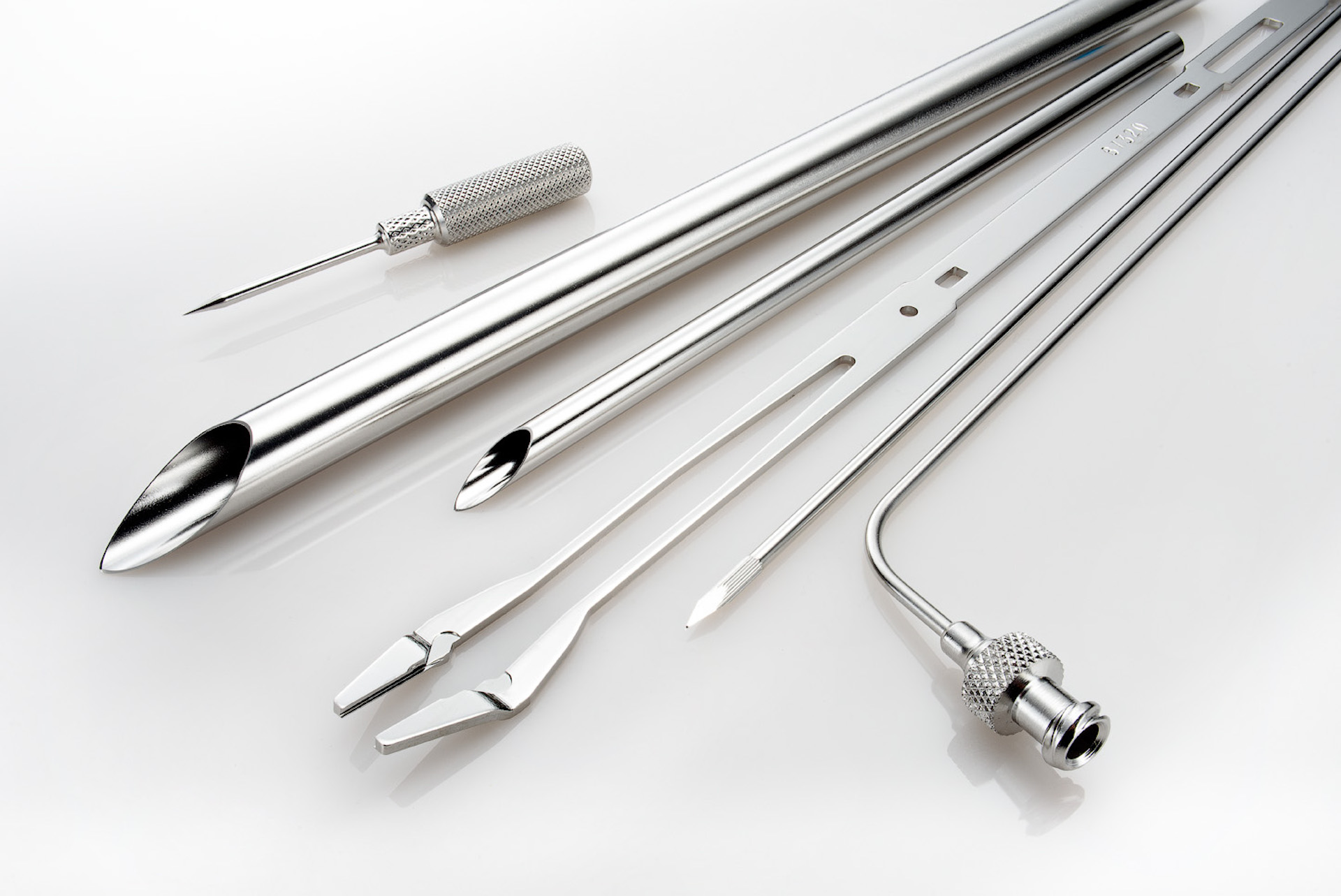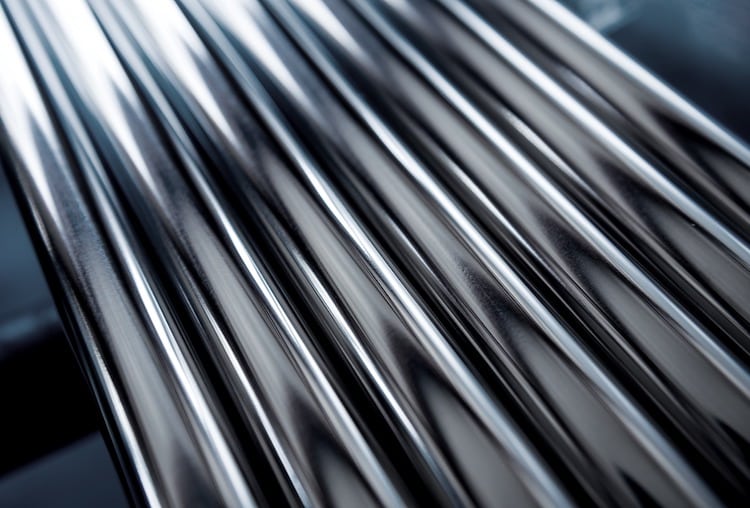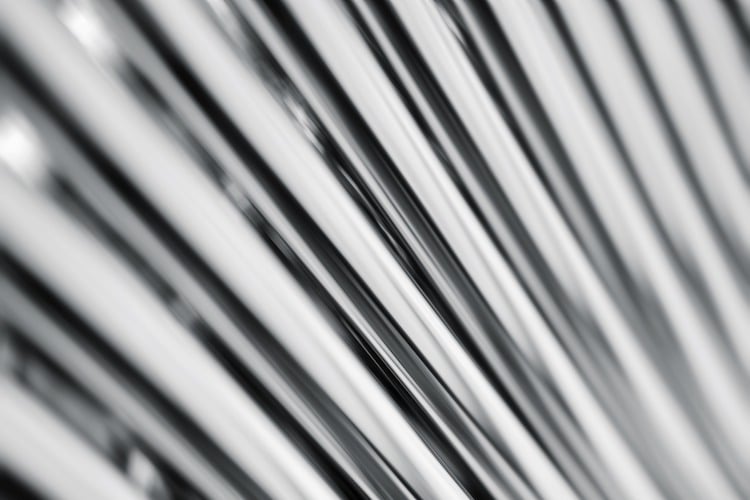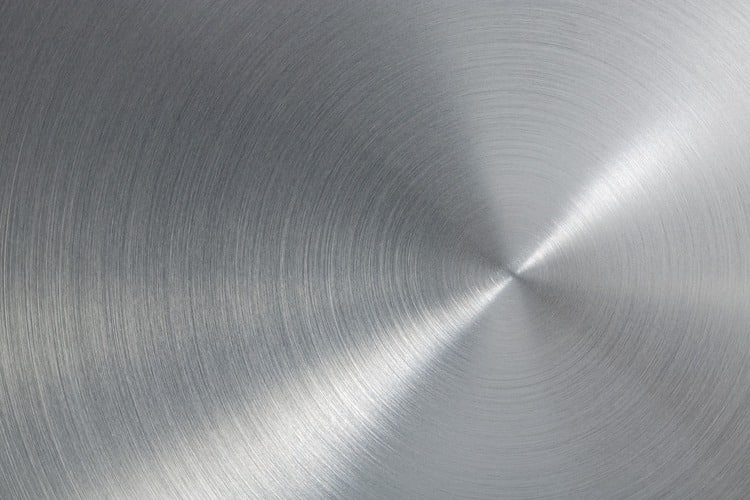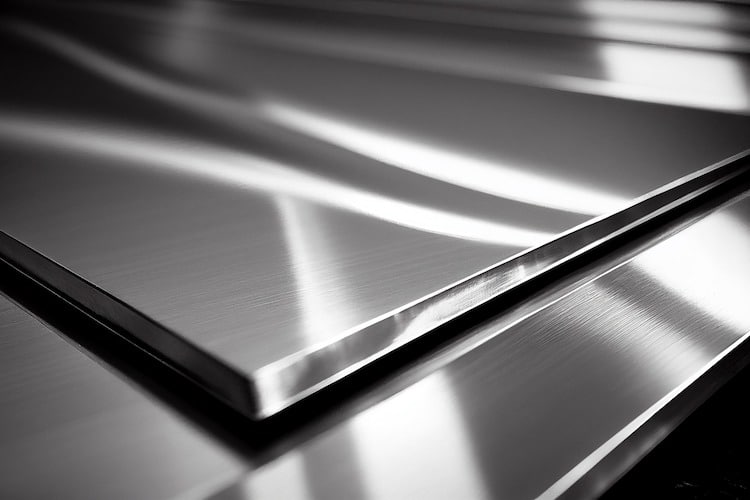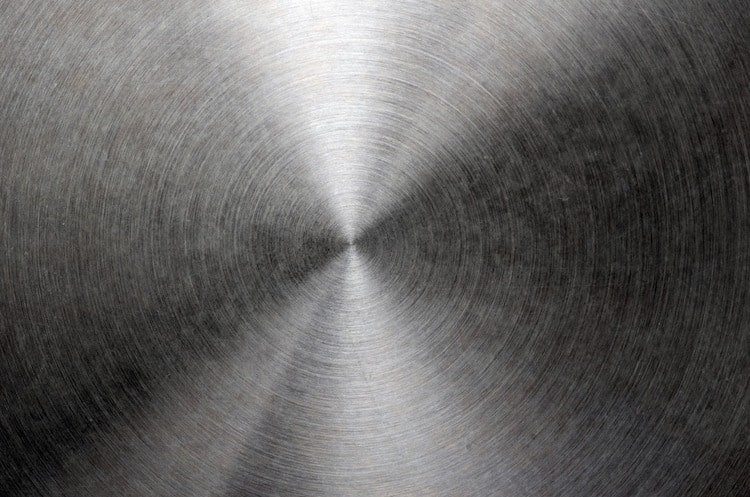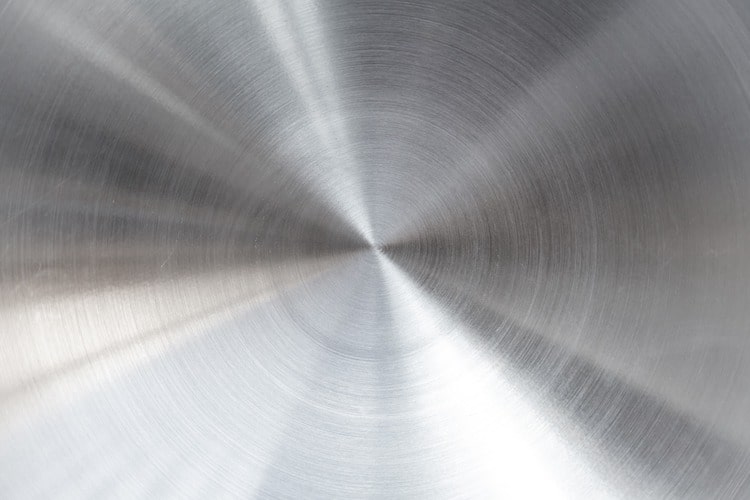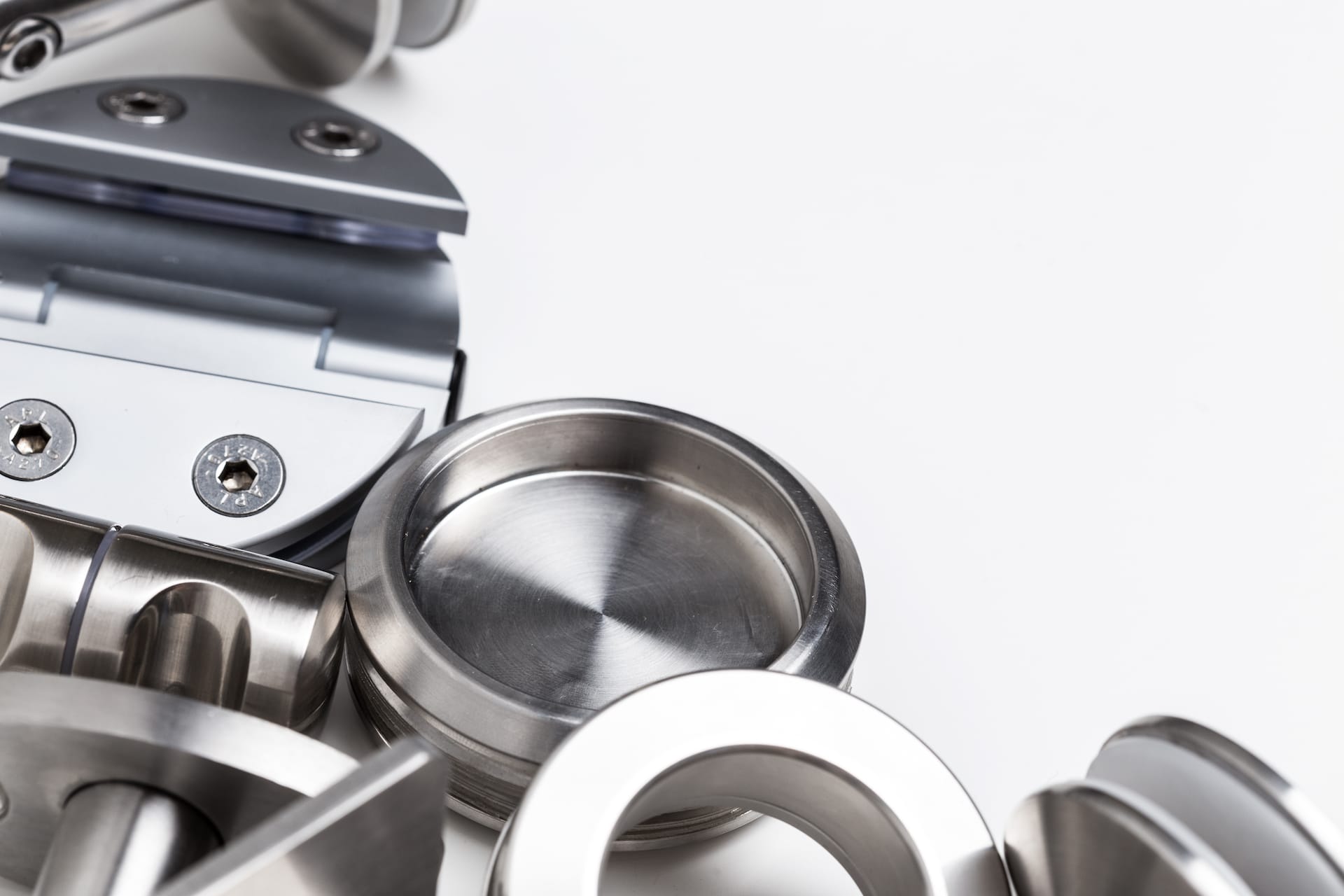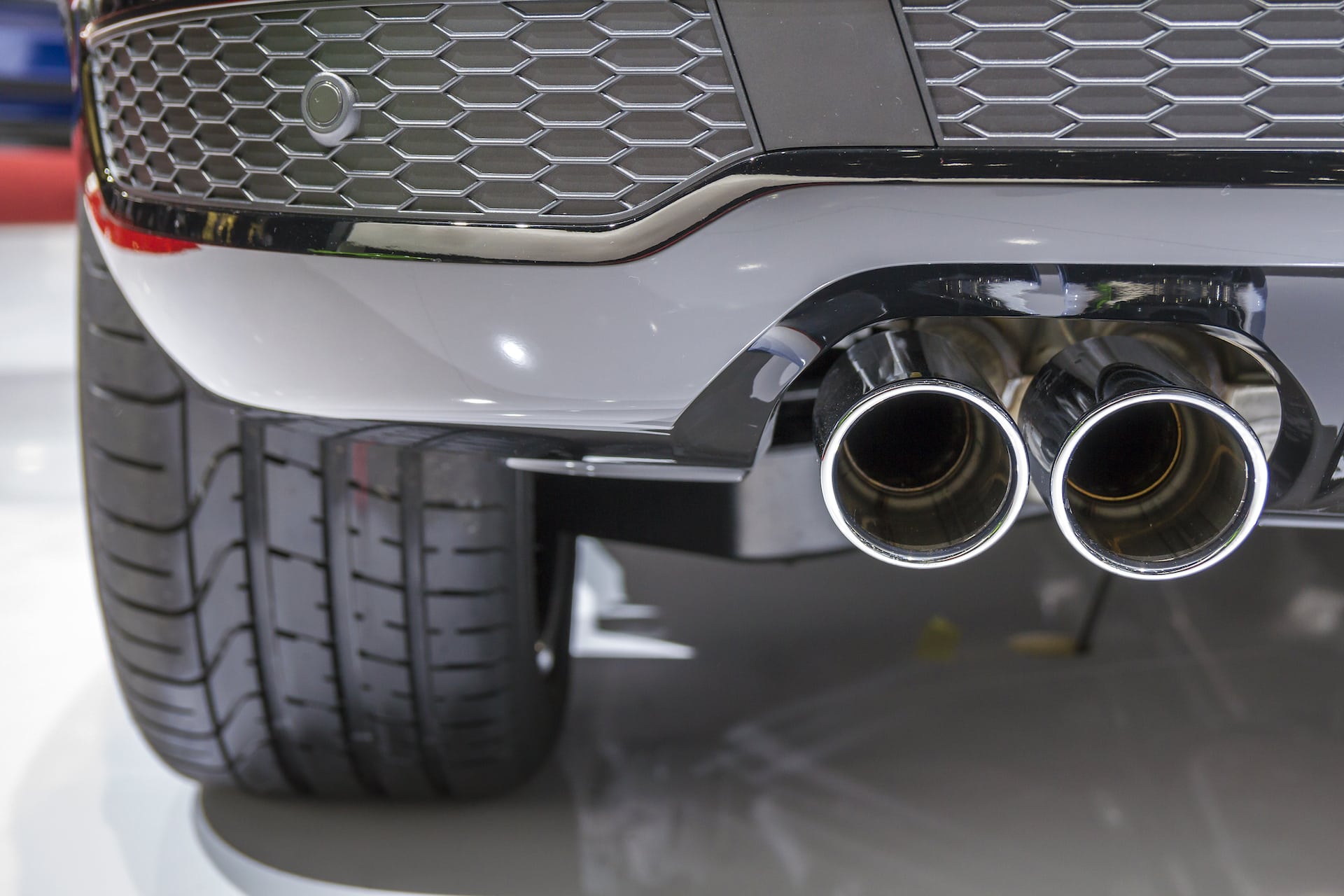Understanding the Three Main Types of Stainless Steel: Austenitic, Ferritic, and Martensitic
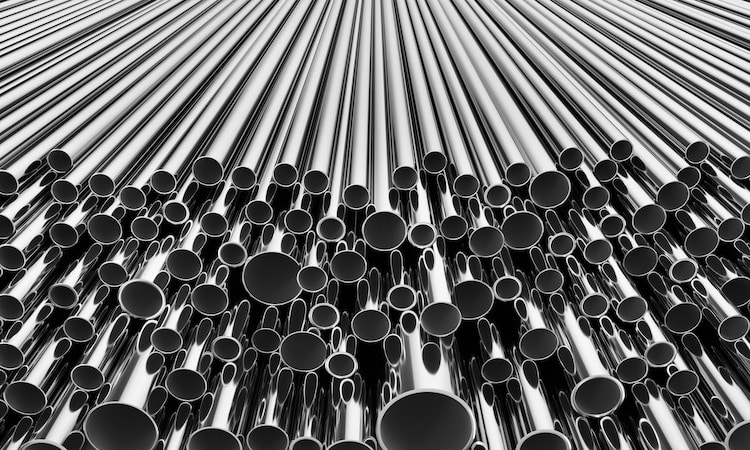
1. Austenitic Stainless Steel
Overview: Austenitic stainless steel is the most widely used type of stainless steel, making up about 70% of all stainless steel production. It is characterized by its face-centered cubic (FCC) crystal structure, which provides excellent ductility, corrosion resistance, and toughness. The primary alloying elements in austenitic stainless steel are chromium (typically 16-26%) and nickel (typically 8-22%), which contribute to its distinctive properties.
Key Properties:
- Corrosion Resistance: Excellent, particularly against oxidation and many chemicals. Suitable for harsh environments.
- Ductility: High, making it easy to form and fabricate.
- Toughness: Good toughness at both low and high temperatures.
- Non-Magnetic: Generally non-magnetic in its annealed state.
Common Applications:
- Food and Beverage Industry: Equipment and containers due to high corrosion resistance.
- Chemical Processing: Components and piping in chemical plants.
- Medical Devices: Surgical instruments and implants.
- Architectural Applications: Facades and decorative elements.
2. Ferritic Stainless Steel
Overview: Ferritic stainless steel is characterized by its body-centered cubic (BCC) crystal structure, which gives it a unique set of properties compared to austenitic and martensitic steels. Ferritic stainless steels are primarily composed of chromium (10.5-27%) and have little to no nickel. This type of stainless steel is known for its magnetic properties and is generally less expensive than austenitic steels.
Key Properties:
- Corrosion Resistance: Good resistance to stress corrosion cracking but generally less resistant than austenitic steels.
- Ductility: Moderate, with less formability compared to austenitic steels.
- Toughness: Better at elevated temperatures compared to martensitic steels but lower than austenitic steels.
- Magnetic: Magnetic in its as-rolled condition.
Common Applications:
- Automotive Exhaust Systems: Due to good resistance to high-temperature oxidation.
- Home Appliances: Such as dishwashers and washing machines.
- Industrial Equipment: Components that require moderate corrosion resistance and strength.
3. Martensitic Stainless Steel
Overview: Martensitic stainless steel is known for its high hardness and strength due to its unique microstructure, which is achieved through a heat treatment process. This category of stainless steel typically contains 12-18% chromium and low levels of nickel. The BCC crystal structure of martensitic steel is characterized by its ability to be hardened through heat treatment, which makes it suitable for applications requiring high strength and wear resistance.
Key Properties:
- Corrosion Resistance: Generally lower than austenitic and ferritic steels. Best used in environments with less corrosive exposure.
- Ductility: Lower compared to austenitic and ferritic steels. Can be brittle if over-hardened.
- Toughness: Lower toughness but can be increased with appropriate heat treatment.
- Magnetic: Magnetic, due to its crystal structure.
Common Applications:
- Cutting Tools: Such as knives and blades due to high hardness.
- Industrial Valves and Pumps: Where high strength and wear resistance are required.
- Aerospace Components: Parts that need to withstand high stress and wear.
What is passivation?
What exactly is passivation, and why is it crucial for stainless steel surfaces? At New England Electropolishing, we delve into this important process to shed light on its significance and how it improves the potential of stainless steel.
